Ways to Warm Up if You're Always Cold

Toss Your Clothes Into the Dryer
Few things may take the chill off more quickly than putting on clothes straight from a toasty tumble. Run them through a short spin just before you get dressed. Your body is usually warmest in the morning, so it’s a good idea to try and hang on to the heat. It won’t last forever, but it will give you a cozy start to the day.
Swipe to advance
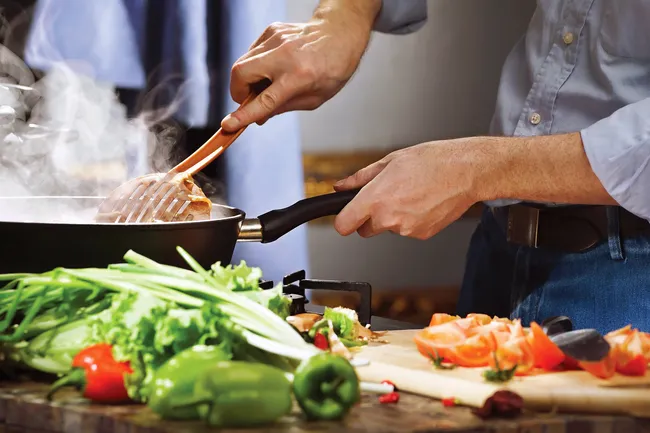
2
/
13
Get Your Calories
Your body needs fuel to burn to keep your core body temperature up, especially when it’s cold outside. Shoot for at least one hot meal a day, and try to eat a variety of fruits, vegetables, and other unprocessed foods.
Swipe to advance
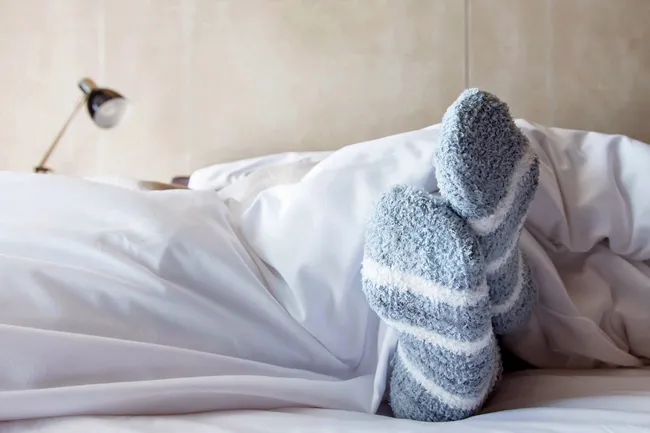
3
/
13
Wear Socks to Bed
It may look funny, but it’s better than blue toes! Not only will it help heat your whole body, but warm feet also seem to signal your brain that it’s time to go to sleep. If you just can’t get with this bedtime fashion, walk around in cozy slippers for about an hour before you hit the sack.
Swipe to advance
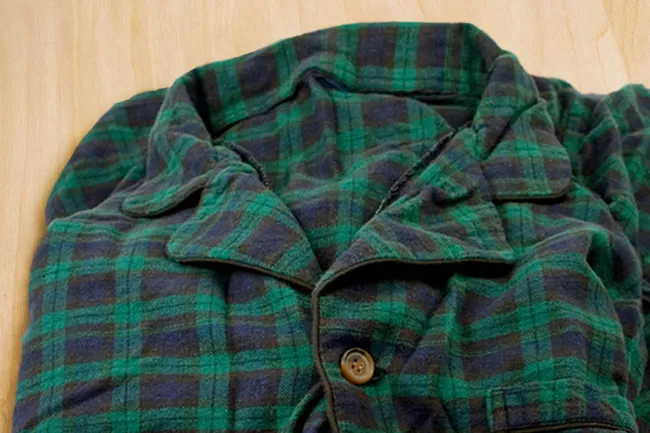
4
/
13
Pick Your PJs With Care
Sleep in soft, flexible fabrics. Flannel will keep you cozy, but it still breathes so that you won’t get too hot, or damp from sweat. Silk could be warm, too, but it might not breathe as well. If you’re really cold, long underwear and even a hat, or “nightcap,” can help.
Swipe to advance

5
/
13
Get Your Iron and Vitamin B12
Without enough of both, you can get anemia, which means you have too few red blood cells to take oxygen around your body. That could make you feel chilly. Some people don’t get enough B12 from food or don’t absorb it easily. Pregnant women sometimes have lower levels of iron, because their bodies use more than usual. Get B12 in chicken, eggs, or fish. Get iron from poultry, pork, seafood, chickpeas,and green leafy vegetables.
Swipe to advance

6
/
13
Dress in Layers
A few lighter layers warm you better than a single heavy one. Start with something thin, like thermal underwear that wicks away moisture. Add insulation like a down jacket or wool sweater in the middle. Use a windbreaker as an outer shell. Three layers seem to be a sweet spot, but you can adjust. Just add another layer if you’re still cold and take one off when you’re hot.
Swipe to advance

7
/
13
Heat Your Mattress
An electric blanket wastes half its heat to the ceiling. It also can bunch up. But a heated mattress pad fits snugly like a sheet. Because it doesn’t move as much, it likely won’t wear out as quickly or easily as a blanket.
Swipe to advance
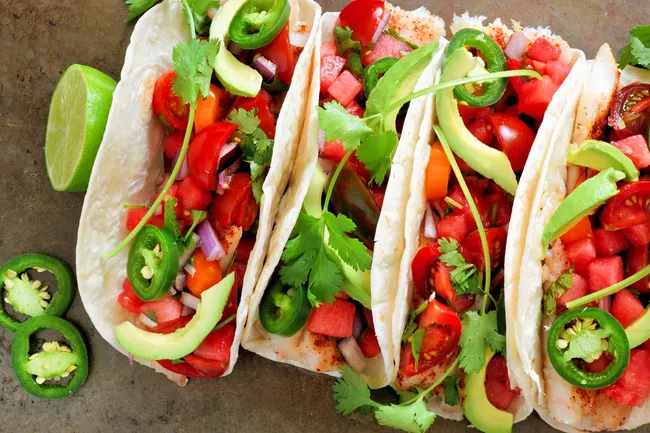
8
/
13
Spice Up Your Life
Do you notice a little sweat on your brow when you eat those extra jalapenos at your favorite taco joint? That’s because spicy food literally warms up your body. Nothing wrong with that, unless you have stomach problems like ulcers. In fact, a spicy diet can be good for you. Just don’t overdo it, especially if you notice that you don’t feel well afterward.
Swipe to advance
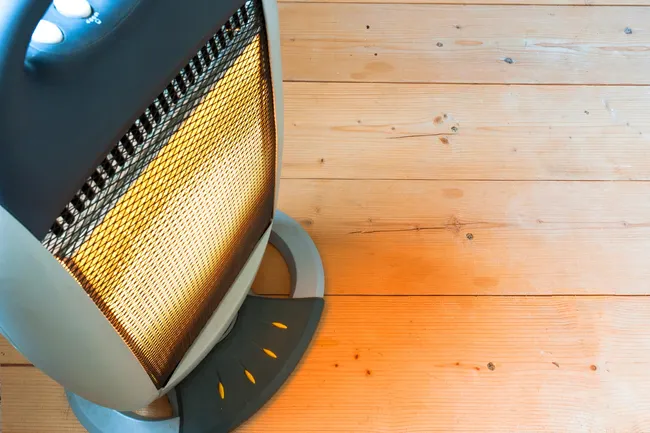
9
/
13
Plug In Space Heaters
They can help warm smaller areas. Pick a UL-approved unit that fits your space and purpose. A “convection” type with a fan might be best to heat a whole room. A “radiant” model is better to heat a specific spot. Put it on a level surface away from moving people. Keep pets and children away. Plug electric heaters directly into the wall, and look for a safety switch that turns it off when it’s knocked over.
Swipe to advance
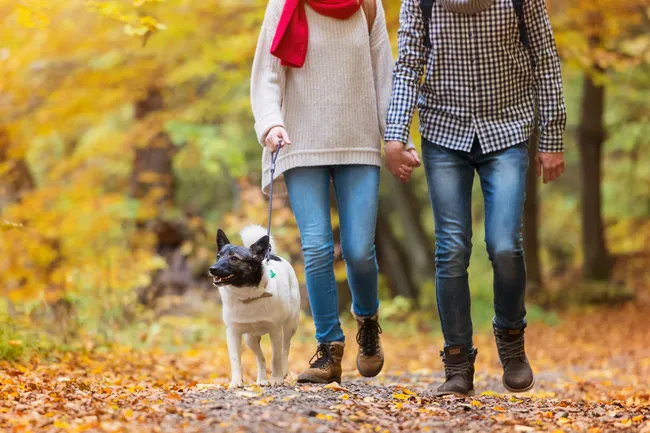
10
/
13
Move Your Body
Go for a walk or a jog. If it’s too cold outside, hit the gym, or just do some jumping jacks, pushups, or other exercises indoors. Not only will it warm you up, it helps build and keep your muscles, which also burn calories and make body heat. If you’re healthy enough for it, vigorous exercise might even raise your core body temperature, at least for a while.
Swipe to advance

11
/
13
Give It Time
Give yourself about 2 weeks to adjust to a new place that’s much colder than you’re used to. This may be harder as you get older or if you have very little body fat. Some medications, like those for allergies or asthma, can also get in the way. People who spend lots of time outside often find it easier to get used to sudden changes in temperature.
Swipe to advance
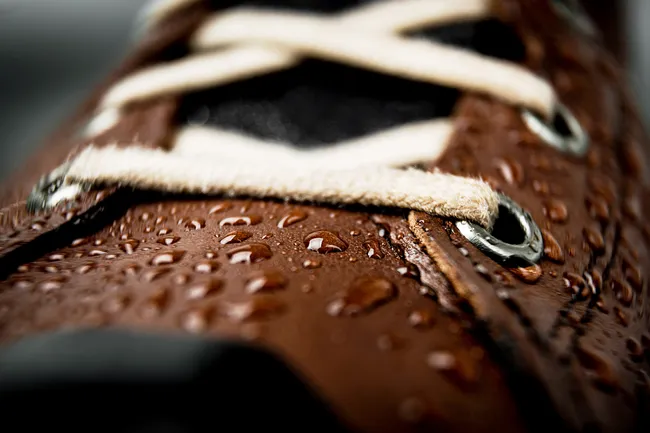
12
/
13
Shop for the Right Boots
Just because your footwear is insulated doesn’t necessarily mean it’ll keep you warm. Boots that aren’t well sealed from moisture can turn into ice blocks. Look for a high IPX rating. IPX-8 is the highest. It means you could dunk the whole boot in water and your foot would stay dry. And be sure to buy them big enough to fit in some thick wool socks.
Swipe to advance

13
/
13
Keep Track
Tell your doctor if you’re more sensitive to the cold than in the past. It could be a symptom of a problem with your nutrition, red blood cells (anemia), blood vessels, thyroid gland, or the brain’s thermostat. Try to note how often it happens, how long it lasts, and if it’s getting worse. Your doctor might do some tests to narrow down the cause.
Swipe to advance
- Get link
- X
- Other Apps